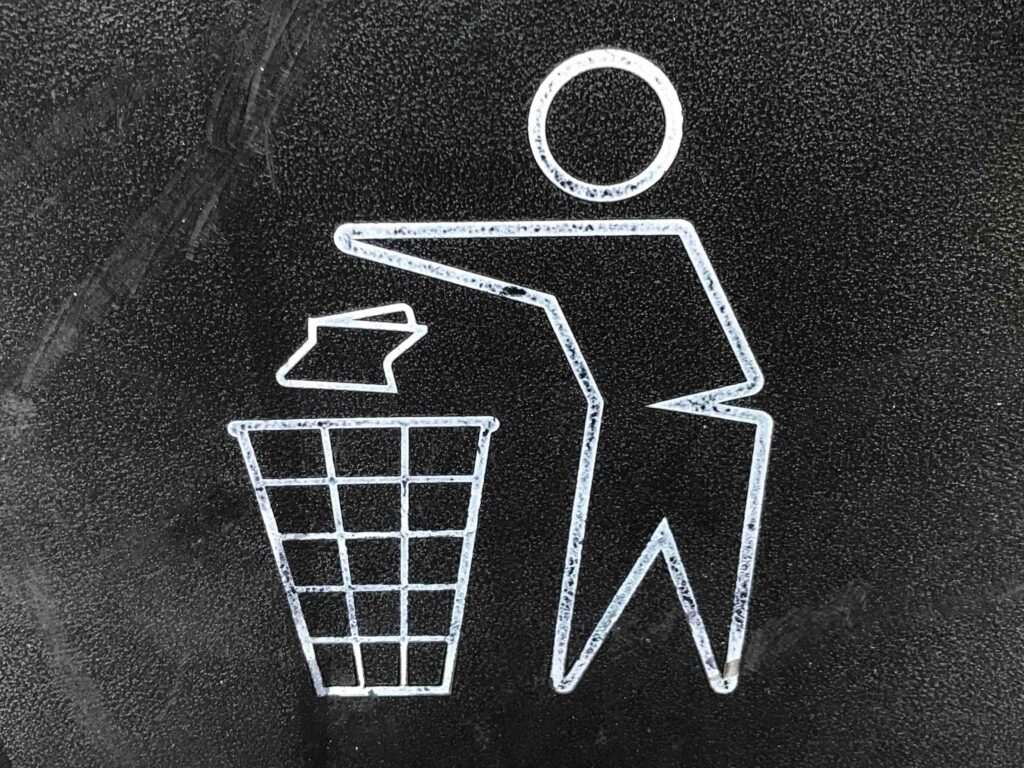Explore the implications of the CSRD for businesses, focusing on waste management requirements, strategies for compliance, and the integration of circular economy principles.
Contact us to learn more.
Introduction: Aligning Waste Management with the CSRD
The introduction of the Corporate Sustainability Reporting Directive (CSRD) represents a significant shift in how businesses across the EU must approach and report on sustainability, particularly in waste management. This directive emphasizes transparency, setting stringent requirements for reporting on waste handling, resource use, and integration of circular economy principles. This blog post delves into the CSRD’s waste-related provisions, offering guidance on how businesses can align their waste management strategies with these new regulatory demands.
Understanding CSRD Waste Management Requirements
Key Disclosure Requirements
- Disclosure E5–3: Companies must disclose targets for waste management, emphasizing the reduction of waste, enhancement of recycling efforts, and minimization of primary raw material use. This aligns with broader goals of promoting circular product design and increasing the circular material use rate.
- Disclosure E5–4: Focuses on resource inflows, requiring companies to report the use of recycled components and secondary materials, highlighting advances in sustainable resource usage.
- Disclosure E5–5: Companies must outline their resource outflows and waste management strategies, detailing efforts in waste reduction, treatment, and recycling. This includes both hazardous and non-hazardous waste.
Strategic Approaches to CSRD Compliance in Waste Management
1. Enhancing Waste Audits and Reporting
- Regular Waste Audits: Conduct comprehensive waste audits to understand waste generation and management practices fully. This aids in identifying the types of waste produced and the effectiveness of current waste handling methods.
- Detailed Reporting: Maintain meticulous records of waste types, quantities, and treatment methods. Use these insights to inform CSRD compliance reporting and to develop strategies that align with circular economy targets.
- Transparent Disclosure: Ensure that all reporting is clear, accurate, and reflective of actual practices, aligning with CSRD requirements to foster transparency and accountability.
2. Integrating Circular Economy Principles
- Adopting the Waste Hierarchy: Prioritize waste prevention, reuse, and recycling in operational practices, in line with the waste hierarchy advocated by the CSRD. This approach not only reduces the environmental impact but also aligns with regulatory expectations for waste minimization.
- Circular Product Design: Innovate in product design to enhance durability, reparability, and recyclability, reducing dependency on raw materials and supporting sustainability targets.
- Partnerships for Circular Practices: Collaborate with suppliers, customers, and waste management providers to create a more cohesive and effective circular economy strategy.
Case Studies: Pioneers in CSRD-Compliant Waste Management
Highlighting Success Stories
Contact us to explore real-world examples of companies that have successfully integrated CSRD requirements into their operations. These case studies demonstrate effective strategies for waste reduction, innovative recycling initiatives, and advanced reporting techniques that comply with the new directive.
Challenges and Opportunities
Navigating Compliance Challenges
- Educating and Training Staff: Invest in training programs to ensure that all employees understand the importance of CSRD compliance and are capable of implementing necessary waste management and reporting practices.
- Technology and Innovation: Leverage technology to enhance waste sorting, tracking, and reporting processes. Innovative solutions such as AI and blockchain can play a crucial role in managing data and ensuring accuracy in compliance reporting.
- Adapting to Regulatory Changes: Stay informed about updates to the CSRD and other relevant regulations. Continuous adaptation and flexibility in corporate strategies are essential to remain compliant.
Conclusion: Setting a New Standard in Sustainability
The CSRD is setting new standards for corporate sustainability, with waste management playing a pivotal role. By embracing these changes, companies can not only comply with stringent regulations but also lead the way in sustainable business practices. The shift towards detailed waste reporting and circular economy principles offers a unique opportunity to rethink and innovate in waste management, propelling businesses towards greater sustainability and environmental stewardship.
Call to Action
Review your company’s waste management and reporting practices in light of the CSRD requirements. Begin by assessing your current strategies and consider how integrating advanced audits, circular economy principles, and transparent reporting can not only enhance compliance but also drive sustainability forward.

